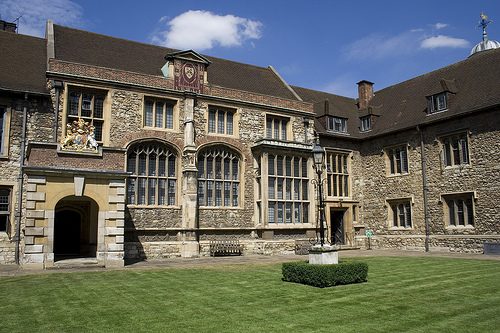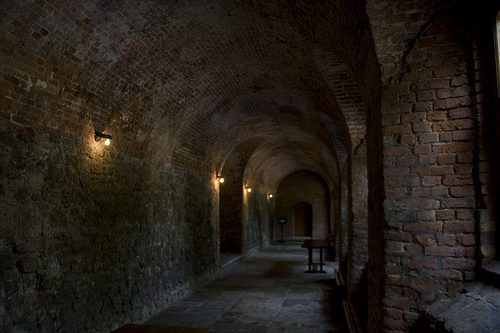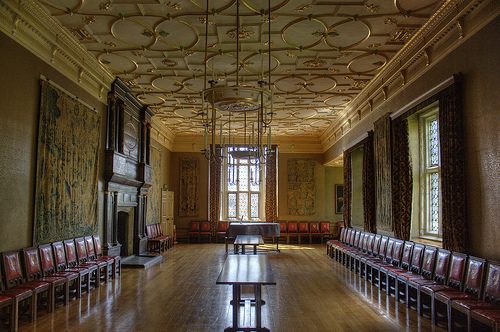Hidden from common sight behind high stone walls on the edge of the City of London lies the Charterhouse, a private historical site that has rarely been open to the public.
Although they recently started semi-regular tours, this December parts of the Charterhouse will be open to the public for the first time in its 660 year history. Over the years it has been a religious site, a grand Tudor mansion, a school and, as it has remained for over 400 years, an almshouse.

With its partner the Museum of London, the Charterhouse is creating a new museum within the Tudor mansion, as well as a Learning Centre and an exhibition space, which will tell the story of the Charterhouse and its role in key moments in English history, using artefacts from its own collection, together with others from the Museum of London and other collections.
The story of the Charterhouse is the story of our nation. It begins in 1348 during the Black Death when the land was used as a burial ground for victims of the plague. In 1371 the Charterhouse was built and a Carthusian monastery flourished on the site. Elizabeth 1 convened the Privy Council here in the days before her coronation in 1558, and James 1 followed her lead by staying at the Charterhouse prior to his coronation.

Suppressed during the time of King Henry, it was sold to Thomas Sutton, a wealthy businessman, in 1611, and he established the foundation that now bears his name providing a home for up to 80 Brothers: ‘either decrepit or old captaynes either at sea or at land, maimed or disabled soldiers, merchants fallen on hard times, those ruined by shipwreck of other calamity’ and for 40 poor scholars (which became Charterhouse School).
The story lives on. Large parts of the buildings were damaged in the Blitz of May 1941. Yet it was restored and is now home to over 40 Brothers
More recently, in 2013 Archaeologists working on Crossrail uncovered skeletons lying in two carefully laid out rows on the edge of Charterhouse Square at Farringdon. These finds are believed to be up to 660 years old.
Historical records suggest up to 50,000 people may have been buried in less than three years in the hastily established cemetery on the edge of the Charterhouse, with the burial ground used up until the 1500s.

The museum, cafe and Learning Centre will be accessed through Charterhouse Square, the site of a medieval plague pit. The square has been re-designed, inspired by its 18th century layout, by Todd Longstaffe-Cowan, Gardens Adviser to Historic Royal Palaces. The reconfigured Square will lead visitors to the new public entrance to the Charterhouse designed by Eric Parry Architects(EPA), who were responsible for the renewal of St Martin in the Fields and the Holburne Museum in Bath.
The museum opens in December, but for a preview of the Charterhouse itself, click here.







There is a graveyard for the Brothers in Little Hallingbury, Essex, near Bishops Stortford. I saw this cycling by, rows of identical headstones. Having an interest in military history this was my first thought (this area rich in WW2 airfields), but found the Charterhouse graves.